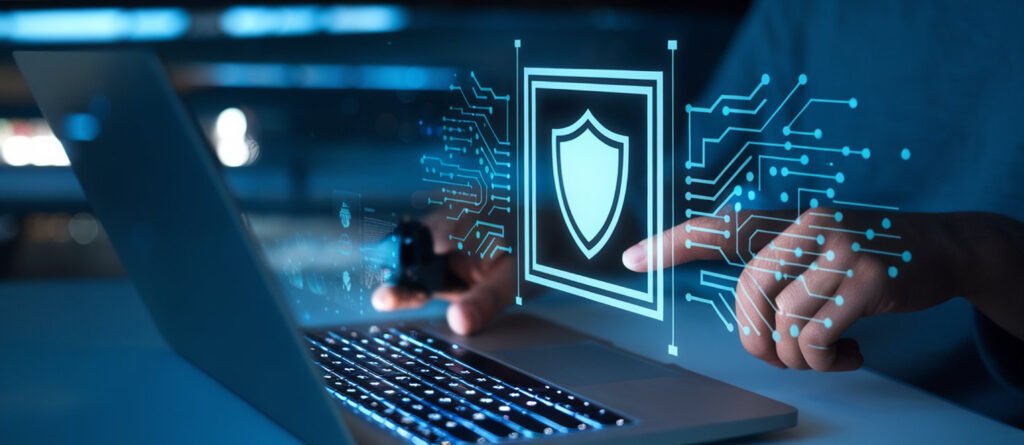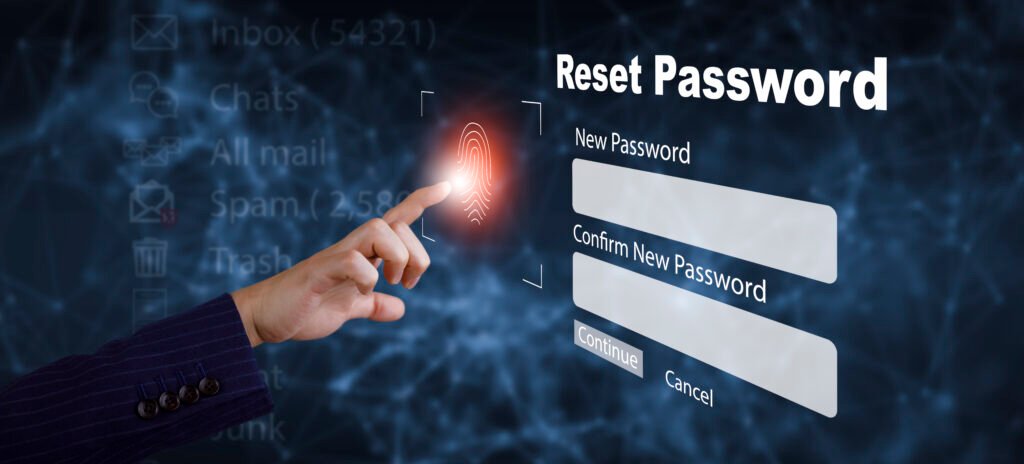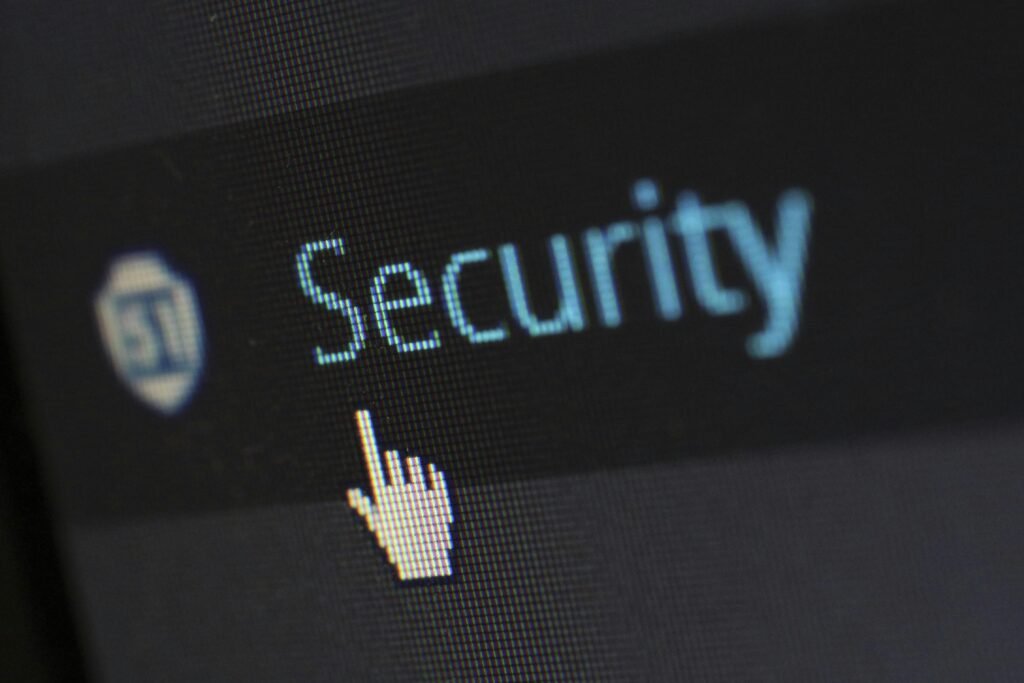How to Choose Right Cybersecurity Service for Your Business
How to Choose Right Cybersecurity Service for Your Business INTRODUCTION With the current digital era that we are in, cyber attacks continue to advance, and as such, businesses need to invest in the appropriate cybersecurity services. Whether you are operating a small business or a large enterprise, having strong cybersecurity measures is imperative to safeguard confidential data, adhere to regulatory requirements, and avoid loss of funds. But with so many alternatives to choose from, how to select the proper cybersecurity service for your business becomes puzzling. This complete guide will assist you in learning the most important factors to consider when choosing the most suitable cybersecurity solutions to meet your business requirements. We will discuss various cybersecurity services, essential selection criteria, and best practices to attain optimal security. The Need for Cybersecurity Services It is important to realize why cybersecurity is a business necessity in today’s era before we learn how to choose suitable cybersecurity service: Evolving Cyber Threats: Evolving cyber threats in the form of ransomware, phishing, and malware. Data Security: Organizations handle masses of confidential data which has to be secured. Compliance Laws: Compliant needs under legislations like GDPR, HIPAA, and PCI DSS. Business Continuity: Security makes no interference in conducting business. Brand Reputation Reputation and Client Loyalty: Safe businesses keep customers satisfied as well as increase company popularity. When deciding how to select proper cybersecurity service, one should understand what is available: 1. Managed Security Services (MSS) Managed Security Service Providers (MSSPs) offer end-to-end security services such as threat monitoring, incident response, and risk assessment. Ideal for organizations with no in-house capabilities. 2. Network Security Services Secures networks against unauthorized access, malware, and other breaches. Includes firewalls, VPNs, and intrusion detection systems. 3. Endpoint Security Services Protects devices like computers, smartphones, and servers against cyber attacks. Offers antivirus, encryption, and endpoint detection & response (EDR) solutions. 4. Cloud Security Services Custom-designed for cloud-based businesses, providing secure data storage, identity management, and cloud security protocol compliance. 5. Penetration Testing and Vulnerability Assessment Replicates cyberattacks to detect vulnerabilities in business systems and improve security defenses. 6. Security Awareness Training Trains personnel in best practice in cybersecurity to avoid human error causing cyberattacks. 7. Incident Response and Forensics Gives swift response to security incidents and forensic analysis in the hope of averting subsequent attacks. 8. Identity and Access Management (IAM) Guarantees only permitted users are granted access to significant business systems, lowering insider threat and credential-based attack risk. 9. Data Loss Prevention (DLP) Secures sensitive data from loss, leakage, and unauthorized access through encryption, logging, and safe storage practices. 10. Security Operations Center (SOC) as a Service 24/7 monitoring service that detects, analyzes, and responds in real-time to cyber threats, delivering businesses with valuable security insights and quick incident mitigation. Key Factors in Choosing the Right Cybersecurity Service When learning about how to make the right cybersecurity service decision, take into account the following important factors: 1. Determine Your Business Requirements Each business is unique based on its need for cybersecurity. Perform a risk assessment to understand: What type of data you process Regulatory compliance needs Potential security threats Pre-existing security vulnerabilities. 2. Provider Capability Evaluation Make sure the cyber security provider has expertise in your market. Check whether they are certified in certifications like: Certified Information Systems Security Professional (CISSP) Certified Ethical Hacker (CEH) ISO 27001 Certification 3. Total-end Security Solutions Select a provider that provides an extensive list of services such as threat intelligence, monitoring, and compliance assistance. 4. 24/7 Monitoring and Support Cyber attacks may arise at any time. Select a cybersecurity service that provides 24/7 monitoring and quick incident response. 5. Scalability and Flexibility Your requirements may vary when your business expands. Make sure the provider has a system to scale their solutions to accommodate your future requirements. 6. Compliance with Regulations A trusted cybersecurity provider can assist you in meeting industry standards like: GDPR (General Data Protection Regulation) HIPAA (Health Insurance Portability and Accountability Act) PCI DSS (Payment Card Industry Data Security Standard) 7. Cost vs. Value Budget matters, but don’t sacrifice security for cost. Opt for a service that offers the best value for money. 8. Customer Reviews and Testimonials Check the online reviews, case studies, and customer feedback in order to determine the credibility of the cybersecurity service provider. 9. Integration with Current Systems Make certain that the cybersecurity solutions will be able to integrate seamlessly with your existing IT infrastructure and security technologies. 10. Customization Options Seek providers who have the ability to customize security solutions according to your particular business requirements, not an off-the-shelf solution. Implementing the Chosen Cybersecurity Service Once you are decided upon the selection of proper cybersecurity service, then follow these steps to implement it effectively: Perform a Security Audit: Evaluate present security position and reveal the loopholes. Create a Cybersecurity Strategy: Establish security objectives, policies, and measures to prevent risks. Implement Security Solutions: Install firewalls, endpoint security, and other security tools. Train Employees: Organize periodic security awareness training sessions. Monitor and Update Security Measures: Regularly update software, conduct penetration testing, and stay updated on emerging threats. Test Your Security Measures: Perform simulated cyberattacks to evaluate the effectiveness of your security systems and response capabilities. Common Cybersecurity Mistakes to Avoid While learning how to choose right cybersecurity service, avoid these common mistakes: Ignoring Security Updates: Failing to update software increases vulnerability. Weak Password Policies: Use strong passwords and multi-factor authentication. No Employee Training: Train employees to identify phishing attacks. Disregard for Insider Threats: Track internal threats and have access controls. No Incident Response Plan: Have an on-hand incident response plan for cyber crises. Future Cybersecurity Trends Knowledge of future trends can assist in selecting the correct cybersecurity service: AI and Machine Learning: Threat detection and response automated. Zero Trust Security: Nobody is trusted by default, to have more stringent access control. Blockchain Security: Greater security for digital transactions and data integrity. Quantum Computing Threats: Quantum-resistant encryption strategies preparation. Cloud-Native Security: Security in multi-cloud and hybrid environments. Conclusion
How to Choose Right Cybersecurity Service for Your Business Read More »










